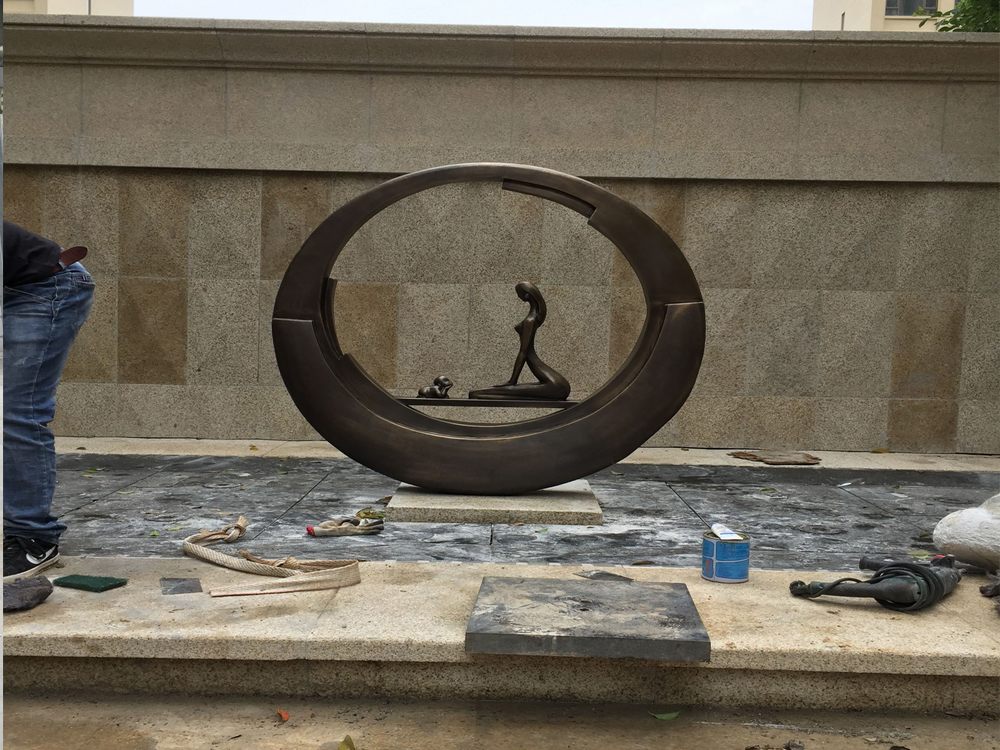
Creating abstract stone sculptures is a deeply rewarding yet demanding artistic endeavor. One of the most significant challenges artists face is selecting the right stone. Each type, from marble to granite, has unique properties affecting workability and final appearance. Beginners often struggle with the stone's unpredictability—hidden cracks or uneven densities can ruin hours of meticulous carving.
Another hurdle is translating abstract concepts into tangible forms. Unlike representational art, abstract sculpture requires balancing spontaneity with intentional design, making it easy to lose direction mid-process. The physical demands are equally daunting; stone carving is labor-intensive, requiring both precision and strength. Tools like chisels and grinders must be mastered to avoid damaging the material or compromising the vision.
Lastly, achieving emotional depth in abstract stone sculptures is subtle yet critical. Without figurative references, artists rely solely on form, texture, and negative space to evoke feelings, demanding a refined understanding of composition. Overcoming these challenges hinges on patience, practice, and embracing the stone's natural character as a collaborator rather than a obstacle.

